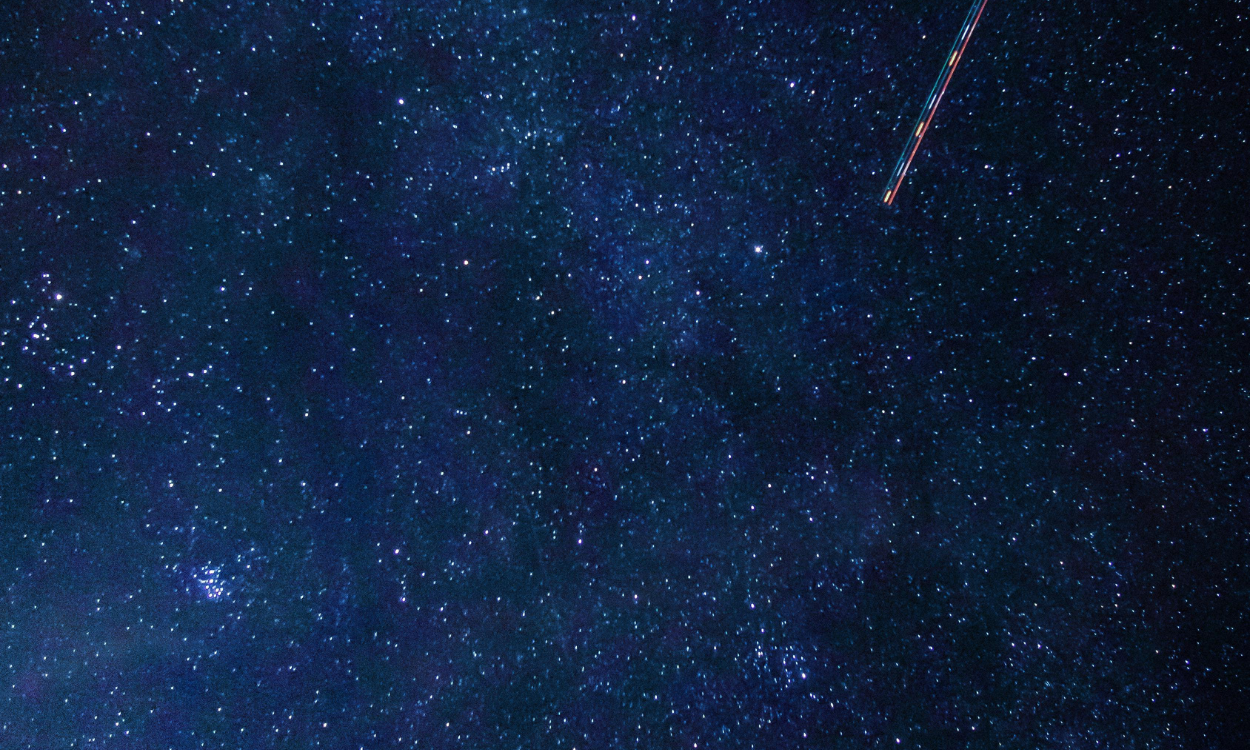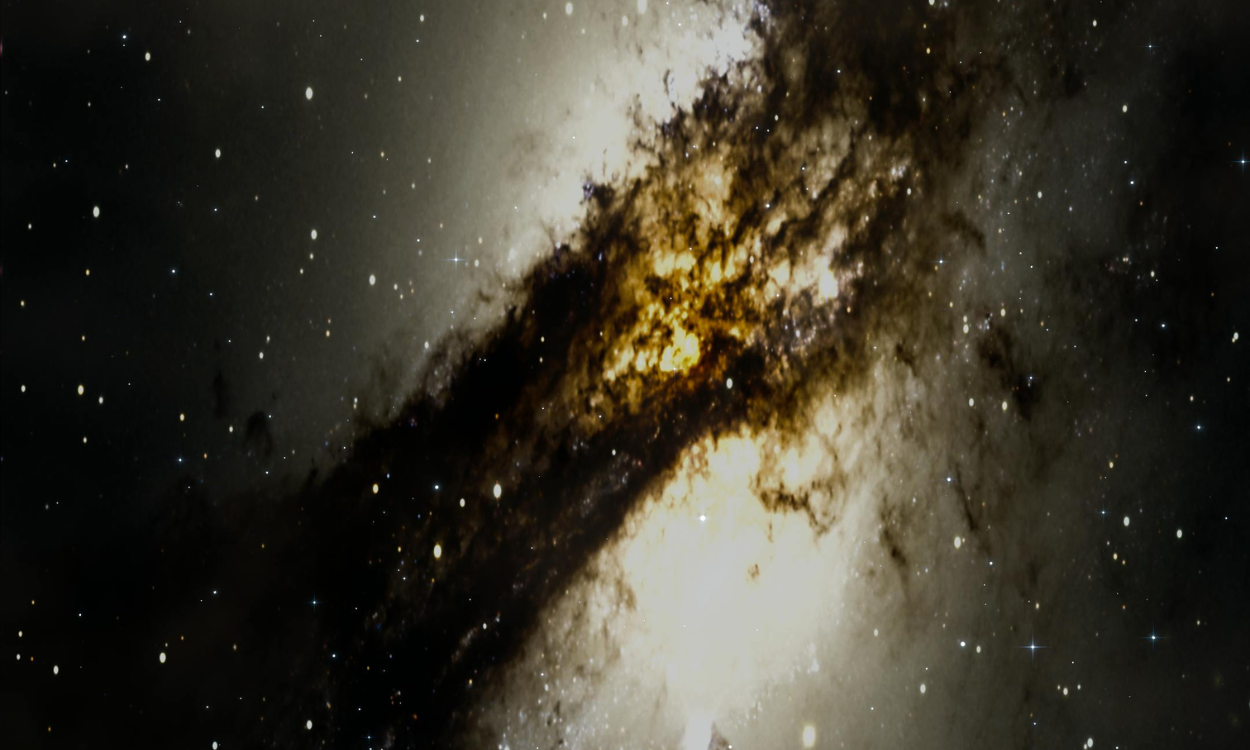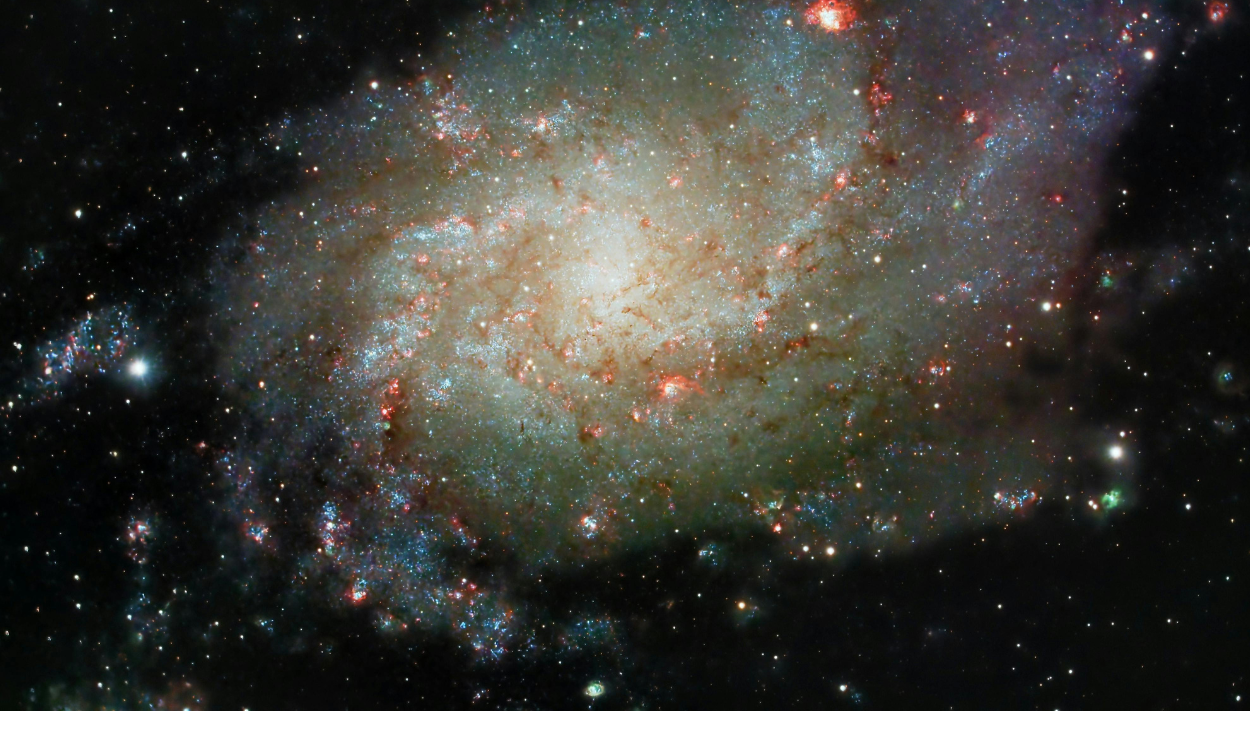Unveiling Cosmic Wonders: Fascinating Facts About the Milky Way Galaxy
The Milky Way Galaxy is an awe-inspiring expanse of stars, planets, gas, and dust that captivates scientists and stargazers alike. This vast and intricate system is home to Earth, our Solar System, and billions of other celestial phenomena. By unveiling cosmic wonders, we can appreciate the Milky Way Galaxy’s immense beauty and complexity, making it a cornerstone of modern astronomy. Here, we explore some fascinating facts about the Milky Way Galaxy that highlight its grandeur and significance.
Table of Contents
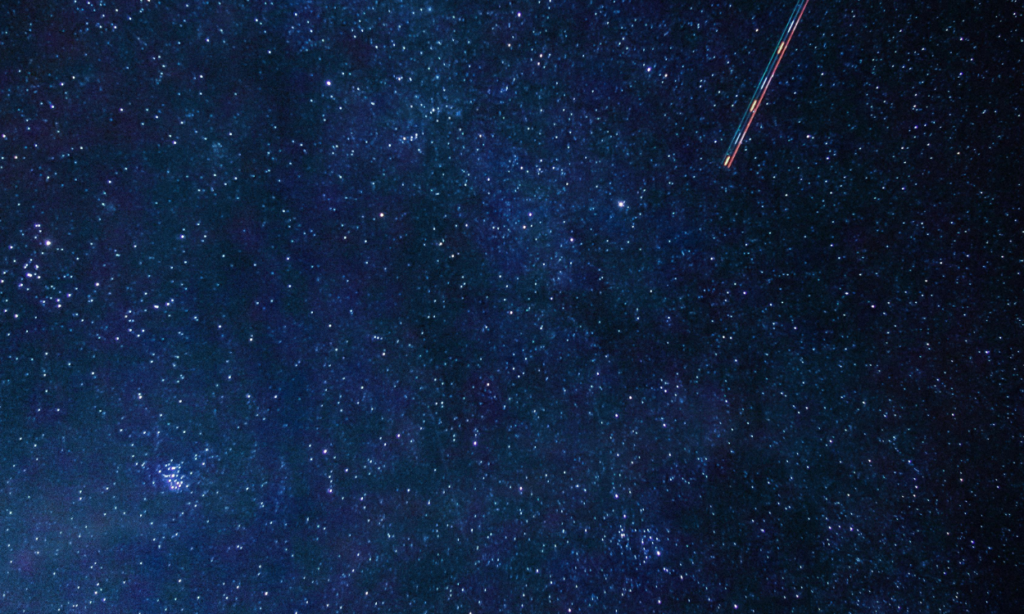
1. The Milky Way Galaxy’s Structure
The Milky Way Galaxy is a barred spiral galaxy, characterized by a central bar-shaped core of stars surrounded by spiraling arms. It spans approximately 100,000 light-years in diameter and contains an estimated 100 to 400 billion stars. The galaxy’s structure comprises the central bulge, the disk, and the halo, each playing a critical role in its composition.
The central bulge, located at the heart of the Milky Way Galaxy, is densely packed with older stars. Surrounding it, the galactic disk houses younger stars, interstellar gas, and dust, organized into spiral arms. Beyond the disk lies the halo, a spherical region containing globular clusters and dark matter.
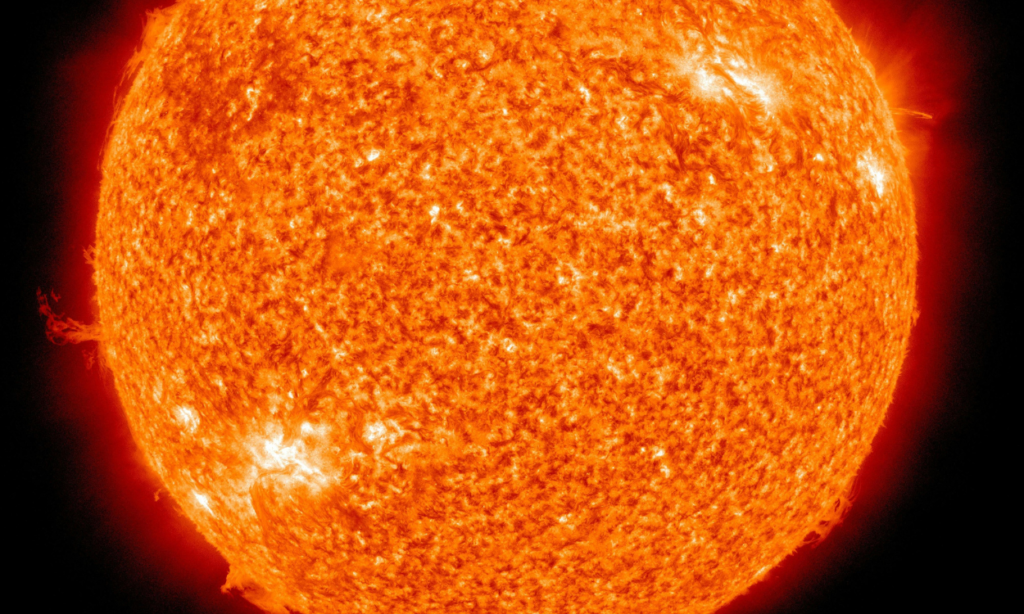
2. Our Solar System’s Position
Earth’s Solar System resides within the Orion Arm, a minor spiral arm of the Milky Way Galaxy. Specifically, it is located about 27,000 light-years from the galactic center. This position provides a relatively stable environment, shielding our planet from intense radiation and gravitational disruptions prevalent closer to the galaxy’s core.
3. The Supermassive Black Hole at the Center
At the heart of the Milky Way Galaxy lies Sagittarius A*, a supermassive black hole with a mass equivalent to about four million Suns. Despite its immense gravitational pull, Sagittarius A* is relatively dormant compared to black holes in other galaxies, emitting only minimal radiation. This enigmatic entity remains a focal point of astronomical research, helping scientists unravel the mysteries of black hole formation and behavior.
4. Star Formation in the Milky Way Galaxy
The Milky Way Galaxy is a dynamic environment where stars are continually born and die. Star formation occurs primarily in the spiral arms, where dense molecular clouds of gas and dust collapse under gravity to form new stars. On average, the galaxy produces about seven new stars each year. This ongoing process replenishes the galaxy’s stellar population and contributes to its evolutionary cycle.
5. Galactic Rotation and Movement
The Milky Way Galaxy rotates at an average speed of approximately 828,000 kilometers per hour. Despite this incredible velocity, a complete rotation takes about 225 to 250 million years. This period, known as a cosmic year, is how long it takes our Solar System to orbit the galactic center.
In addition to its rotation, the Milky Way Galaxy moves through space at an astonishing 2.1 million kilometers per hour, heading toward the Andromeda Galaxy. This motion is part of the Local Group, a cluster of galaxies gravitationally bound together, including the Milky Way Galaxy and its neighbors.
6. The Milky Way’s Satellite Galaxies
The Milky Way Galaxy has several satellite galaxies, the most notable being the Large and Small Magellanic Clouds. These dwarf galaxies are visible from the Southern Hemisphere and are gravitationally bound to the Milky Way. Their interactions with our galaxy influence star formation and contribute to its mass and structure.
7. Dark Matter and the Milky Way Galaxy
Dark matter, an invisible and mysterious substance, constitutes a significant portion of the Milky Way Galaxy’s mass. Though it does not emit, absorb, or reflect light, its presence is inferred through its gravitational effects on visible matter. Scientists estimate that dark matter makes up about 85% of the galaxy’s total mass, shaping its structure and dynamics.
8. The Milky Way’s Age and Evolution
The Milky Way Galaxy is approximately 13.6 billion years old, forming just a few hundred million years after the Big Bang. Over its long history, the galaxy has grown and evolved through mergers with smaller galaxies, accretion of intergalactic material, and star formation. This ongoing evolution reflects the dynamic nature of the universe.
9. Galactic Cannibalism
The Milky Way Galaxy’s growth has been fueled by a process known as galactic cannibalism, where it absorbs smaller galaxies. Evidence of this process is found in stellar streams, remnants of galaxies torn apart by the Milky Way’s gravity. This phenomenon highlights the interconnectedness of galaxies and their role in cosmic evolution.
10. The Future of the Milky Way Galaxy
In about 4.5 billion years, the Milky Way Galaxy is predicted to collide with the Andromeda Galaxy, forming a new galactic structure. This cosmic event, known as a galactic merger, will not be a violent collision but rather a gradual gravitational interaction. The resulting galaxy, sometimes referred to as “Milkomeda,” will reshape the cosmic landscape, marking a new chapter in the universe’s history.
Conclusion
Unveiling cosmic wonders reveals the Milky Way Galaxy as a breathtaking testament to the universe’s complexity and beauty. From its intricate structure and star-forming regions to its enigmatic dark matter and supermassive black hole, the Milky Way Galaxy continues to inspire awe and curiosity. As our understanding of this celestial marvel deepens, it reminds us of our place in the cosmos and the boundless mysteries that await discovery.

